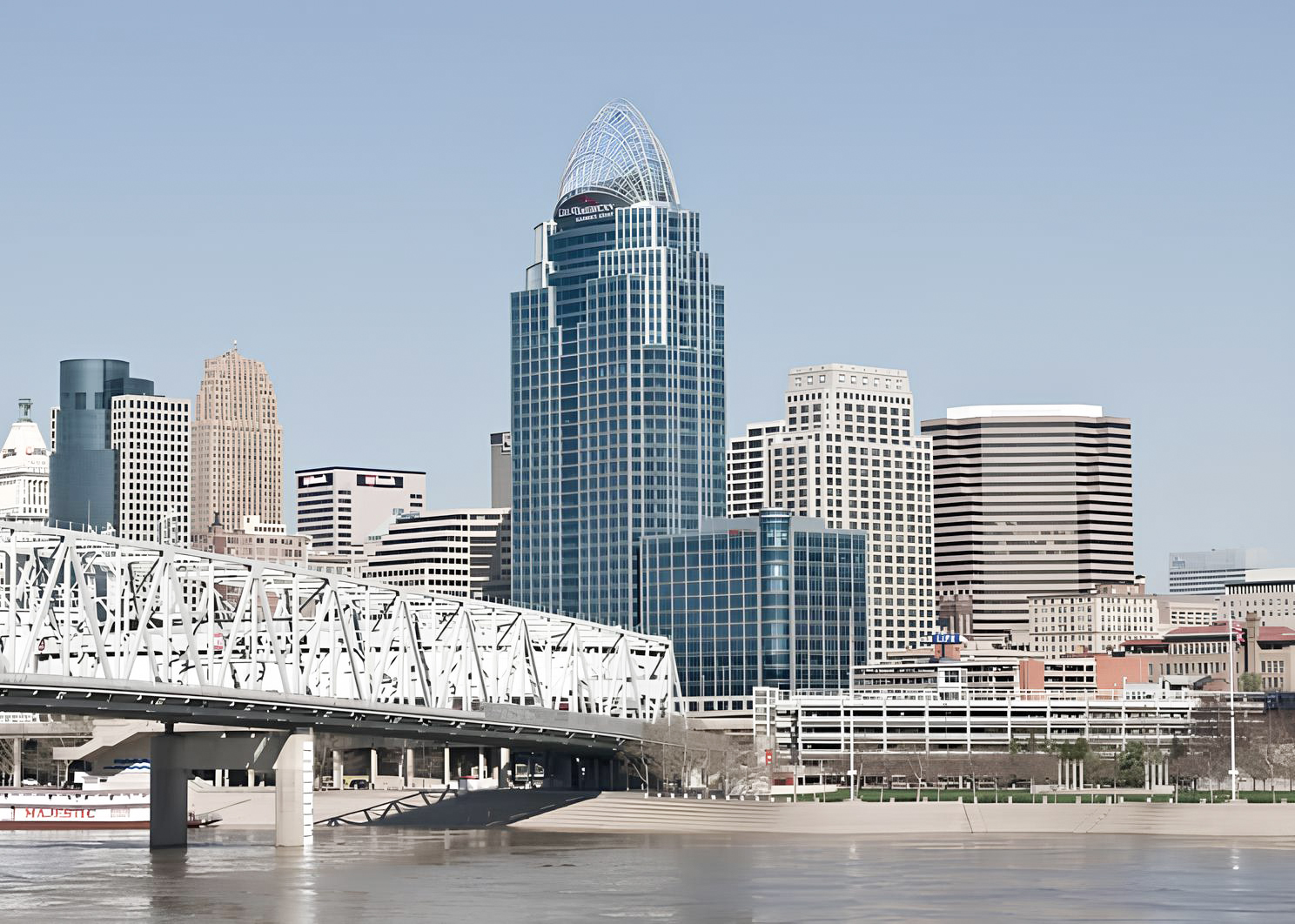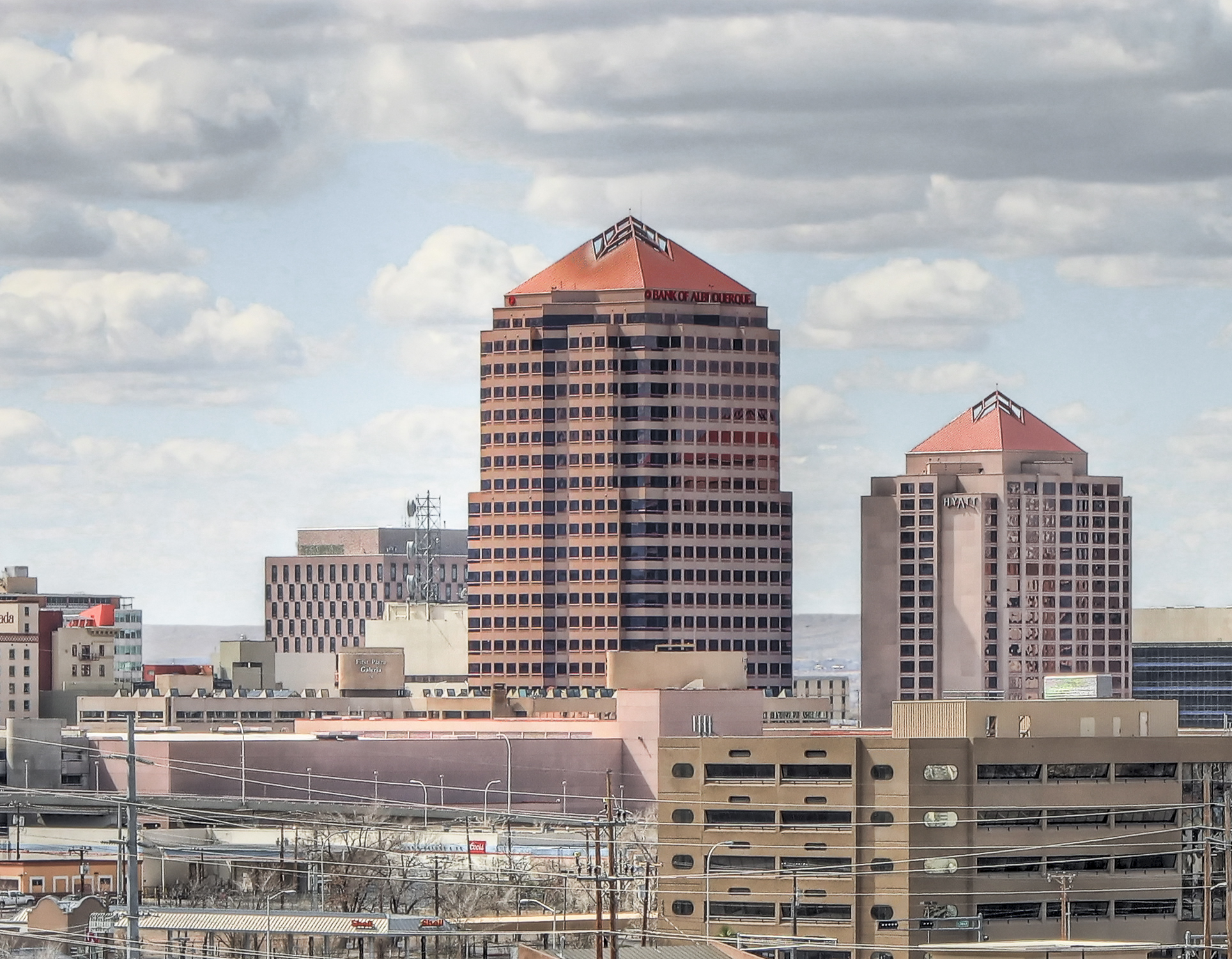The Great American Tower at Queen City Square is a Contemporary skyscraper designed in 2007 by Hellmuth, Obata + Kassabaum, with Gyo Obata as lead architect, and built between 2008 and 2011, for a reported $322 million dollars, in Cincinnati, OH.
Its precise street address is 301 East 4th Street, Cincinnati, OH. You can also find it on the map here.
In 2011 the Great American Tower at Queen City Square was awarded with the Emporis Skyscraper Award.
In addition to the office space and the 11-story parking garage, The Great American Tower at Queen City Square includes a 2,323 square meter pedestrian walkway and a shopping arcade.



